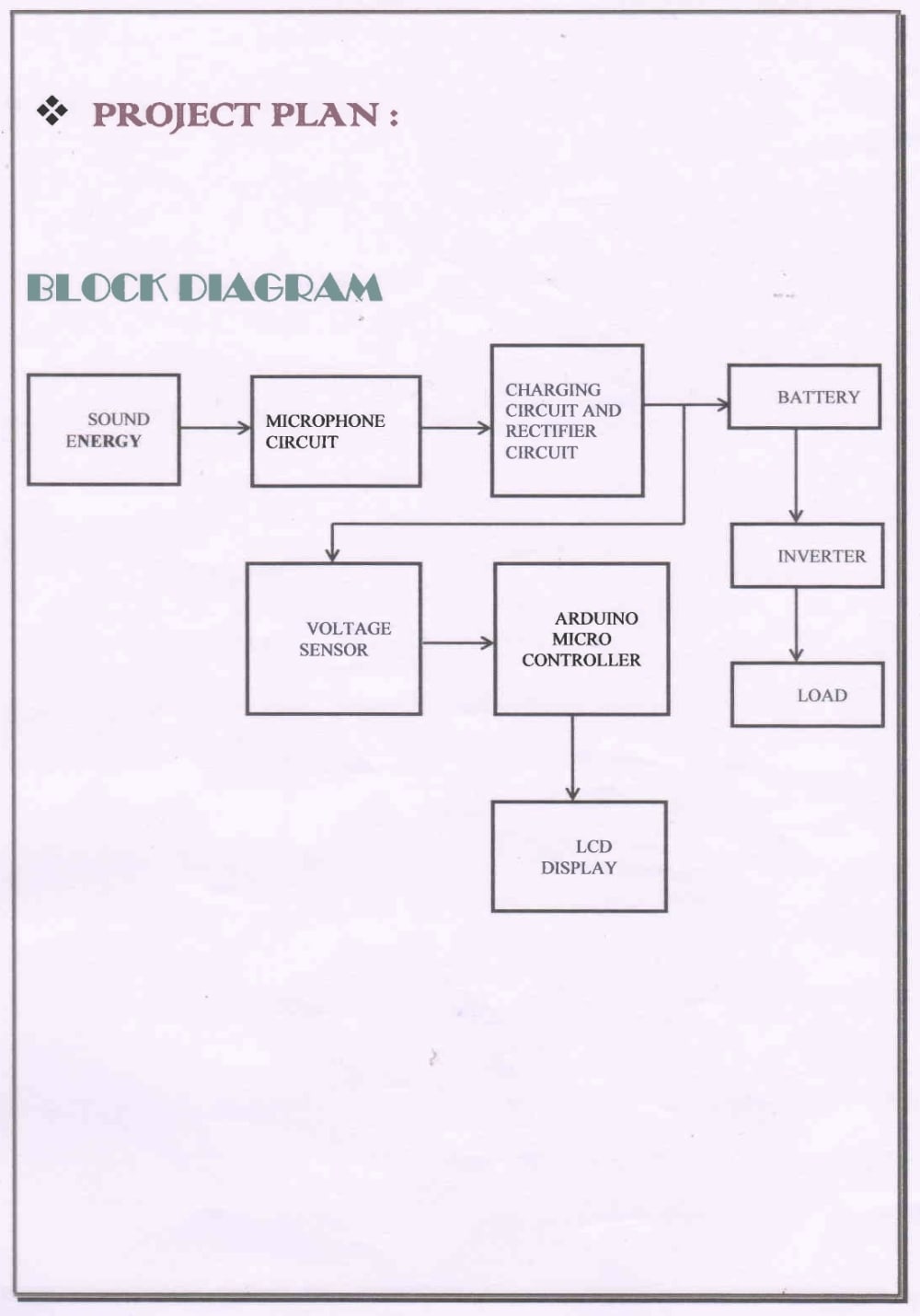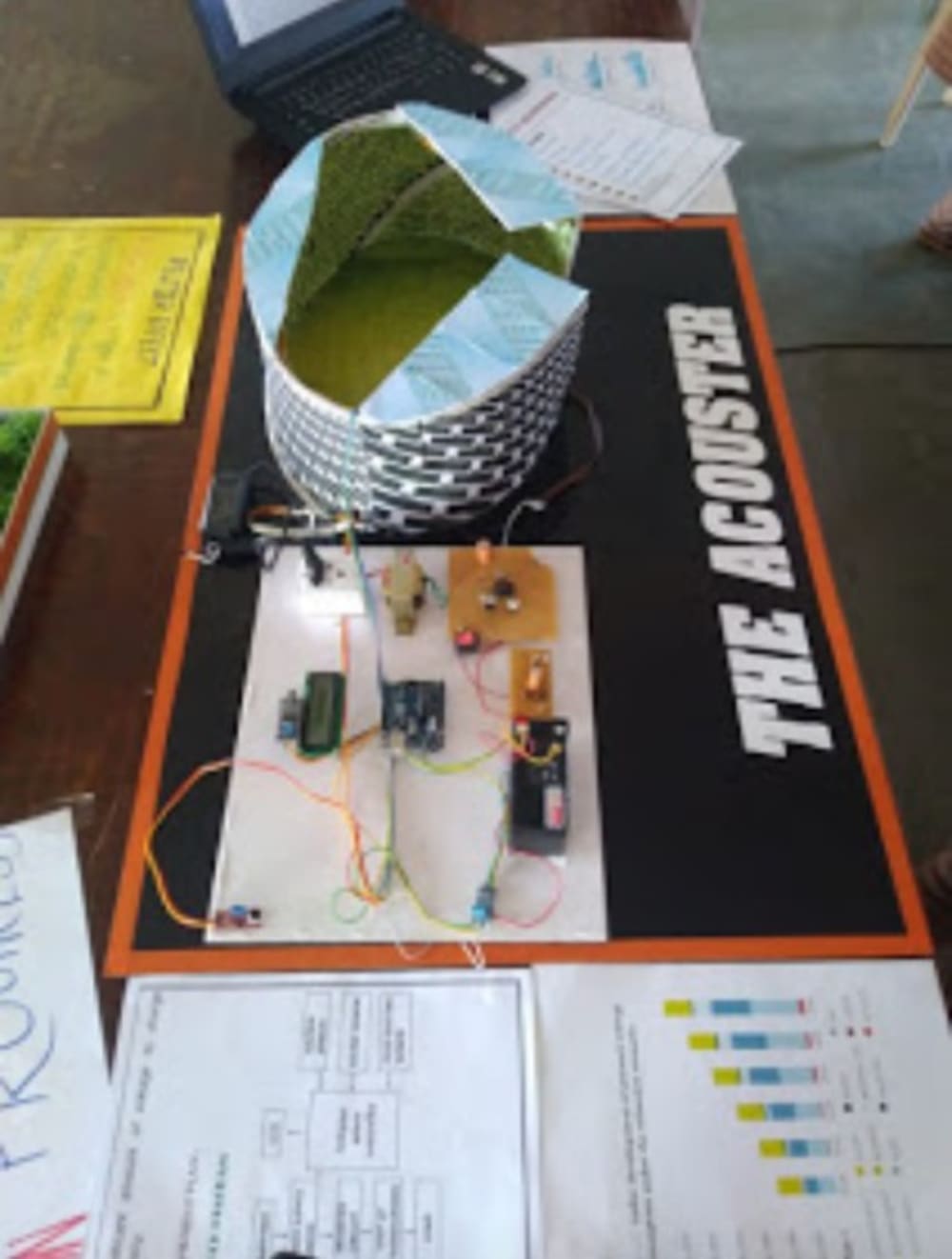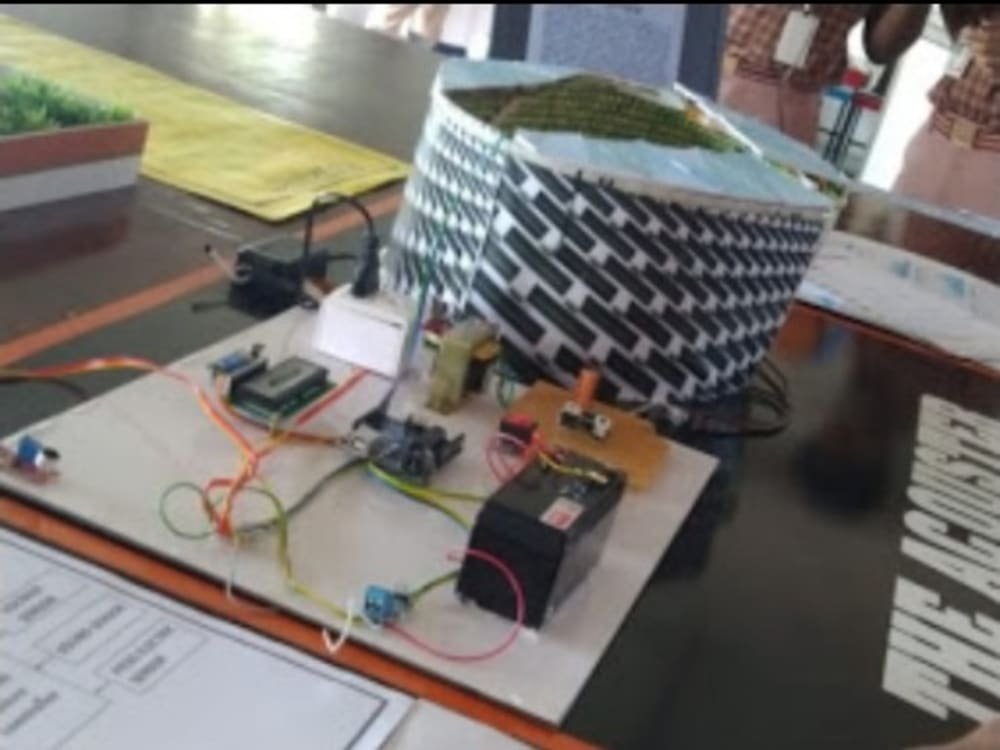SOUND ENERGY HARVESTING
SOUND ENERGY:
We all know sound energy is a mechanical energy which travels in the form of a wave, a mechanical wave that is an oscillation of pressure which needs a medium to travel i.e. it could not travel through a vacuum as it needs a medium. Through liquid and gas state sound is transmitted as longitudinal waves whereas through solid it could be transmitted as both a longitudinal wave and transverse wave. Longitudinal waves are of alternating pressure deviation from the equilibrium pressure, causing local region of compression and rarefaction, while transverse wave (in solid) are waves of alternating shear and stress at right angle to the direction of propagation. When sound wave travel through a medium mater in that medium is periodically displaced and thus oscillates with sound wave. The sound wave displace back and forth between the potential energy of compression or lateral displacement strain of the matter and the kinetic energy of the oscillation. As sound energy is a mechanical energy it could be converted into electricity as mechanical energy could be converted into electricity by the law of thermodynamics. Sound energy could be easily converted into heat energy which could be easily converted into electricity but it is not highly efficient as the loss in conversion will be more whereas the other method is converting sound energy to electricity by piezo electric material, piezo electric materials are the crystal which converts mechanical strain to electric energy by such method. So we could see that sound is a form of mechanical energy and according to third law of thermodynamics mechanical energy could be converted into electric energy.
SOUND ENERGY HARVESTER
Acoustic Sound is available at most of the places in environment free of cost by human voice, traffic sound, loudspeakers sound and the others. This available sound energy can be harvest for charging the low voltage devices. In this way we developed a device which can be able to charge the battery to use sound energy. When sound appears at the input of microphone it converts the sound into electrical energy. This energy is fed into charging circuit then rectifier circuit thus at last output of rectifier circuit provides the significant amount of voltage to charge battery.
RESULT OF SOUND ENERGY HARVESTER
1. Sound wave of low frequency (20 hertz to 20k hertz) applied at the input stage of sound energy harvester.
2. At input stage of the circuit Microphone acts as transducer and convert sound energy into electrical signals at its output stage.
3. In input stage of bias stage resisters are used to provide proper biasing for microphone circuit.
4. Output of microphone bias stage is an electrical signal which is applied at the input of next stage that is amplified stage.
5. At the output end of amplified stage amplified A.C. sine wave of 5 volt is achieved for applied input frequency of 60 hertz.
6. This A.C amplified signal is to be given at rectifier stage.
7. At the rectifier stage the A.C signal of
Like this entry?
-
About the Entrant
- Name:Siva Kumar
- Type of entry:individual
- Software used for this entry:Yes
- Patent status:none








